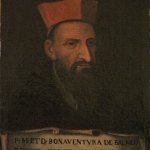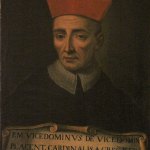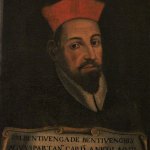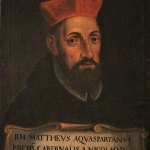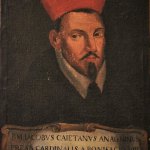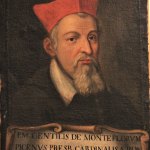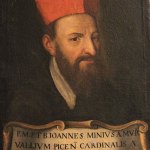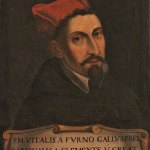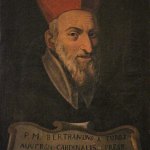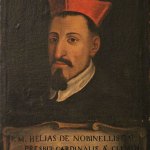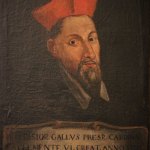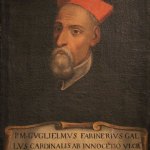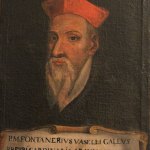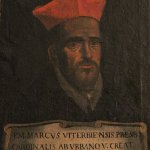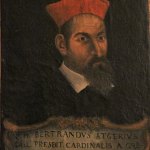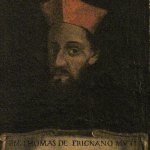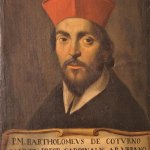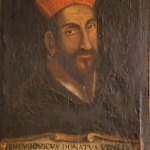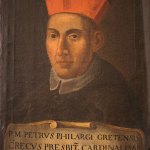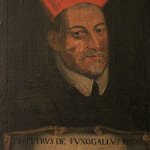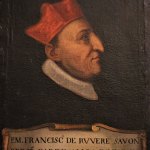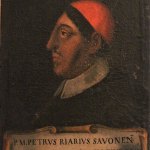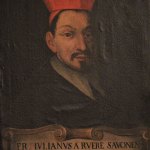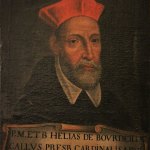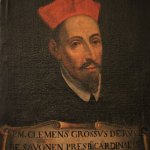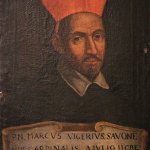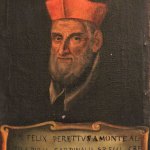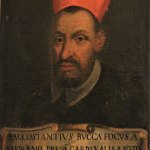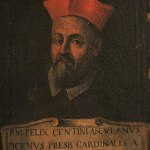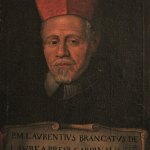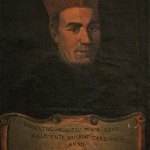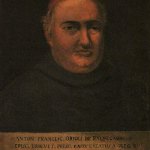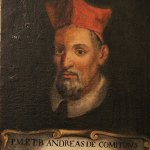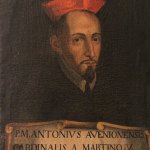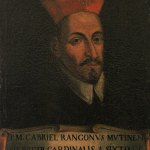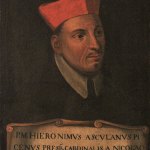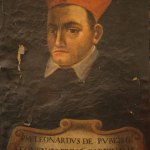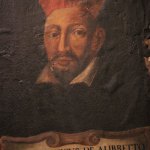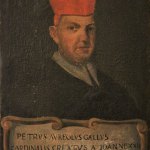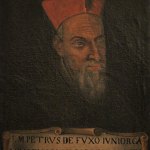On Sunday, November 22, 2020, in the upper Basilica of St. Francis in Assisi, Friar Mauro GAMBETTI was ordained a bishop and created a cardinal by Pope Francis. The Papal Bull, dated October 30, 2020, named Friar Mauro as the Titular Archbishop of Thisiduo (Tunisia). What will his title be as a cardinal? That is yet to be discovered.
In the meantime, let’s ask ourselves a question about the history of our Order. Do we have that many cardinals in our family? It seems that Friar Mauro will be our thirty-third cardinal, if our calculations also include the cardinals we share in common with the other branches of today’s First Order, namely, the cardinals who were members of the Order of Minors.
The list starts with St. Bonaventure of Bagnoregio who was created a cardinal by Gregory X in 1273[1]. Next were Friars Bentivegna BENTIVEGNI and Girolamo MASCI of Ascoli Piceno, Italy. They were created cardinals by Nicholas III, in 1278. MASCI was elected Pope and took the name Nicholas IV.
Our cardinals during the 13th and 14th centuries include: Matteo D’ACQUASPARTA; Giaccomo TOMMASI GAETANI; Gentile da Montefiore; Giovanni MINIO da Morrovalle; Vidal DU FOUR (Vitale de Furno); Bertrand DE LA TOUR; Hélie de Nabinaux (Elias of Nabunal); Pasteur DE SARRATS (Pastore DI SERRASCUDERIO; Guillaume FARINIER; Fortanier DE VASSAL; Marcus PARENTEZZA of Viterbo; Bertrand ATGIER; Thomas of Frignano; Bartolomeo da Cogorno; and Ludovico DONATI[2].
In 1405 Cardinal Pitros PHILARGIS (Peter PHILLARGES) was created. He was elected to the papal throne in 1409, taking the name Alexander V. Some consider him to be the antipope and others the “Pope from Pisa.” Our cardinals of the 15th century include Pierre DE FOIX, and Francesco DELLA ROVERE, who was made a cardinal in 1467. In 1471, he was elected Pope, taking the name Sixtus IV. He was followed by Pietro RIARIO and Giuliano DELLA ROVERE. Both were created cardinals in 1471 and both were nephews of Sixtus IV. Giuliano was elected Pope in 1503, taking the name Julius II[3]. Also in the 15th century, we see Hélie DE BOURDEILLE (Elias DE BOURDEILLE) created a cardinal.
In 1505, Clemente GROSSO DELLA ROVERE and Marco VIGERIO were created cardinals. Felice PERETTI, created a cardinal in 1570, was elected Pope in 1585, taking the name Sixtus V.
The last six cardinals on the list are Costanzo TORRI (created a cardinal in 1586), Felice CENTINI of Ascoli Piceno (1611), Lorenzo BRANCATI (1681), Lorenzo GANGANELLI (1759, later elected Pope, taking the name Clement XIV), Antonio Francesco ORIOLI (1838) and Antonio Maria PANEBIANCO (created a cardinal in 1861).
As we see, most of the cardinals are friars from Italy and a few come from France. Six of our cardinals were elected to the throne of St. Peter. Historians also report the names of some friars who refused the scarlet. Among them are two Ministers General, Francesco NANI of Brescia, called Samson, the 39th Minister General and Giuseppe Maria DE BONIS, the 95th Minister General.
After 159 years, we are adding a new Conventual name to the list: Friar Mauro GAMBETTI. We wish our confrere, Archbishop and Cardinal all the best in his new level of service to the Lord and to the Church.
Friar Tomasz SZYMCZAK
Secretary General
[1] On the same day, June 3, 1273, Cardinal Vicedomino de Vicedomini was created. He is also known as the “One Day Pope”. In fact, one of the hypotheses, not shared by historians, says that he was elected Pope in Viterbo on September 5, 1276, but died on September 6, not having officially taken office. He is not even mentioned on the list of popes. Moreover, it seems that he was vested in the Franciscan habit shortly before his death, as an act of personal devotion.
[2] Some studies have added a number of other names to our list. These include Bartolomeo ULIARI (although his membership in the Order is doubtful); Pietro DESPREZ; Pietro AUREOLO; Leonardo DE ROSSI (created a cardinal by the antipope Clement VII); Antonio D’AVIGNONE; Lodovico ALBRET (vested in the habit shortly before his death); Gabriele RANGONI; and another Pierre DE FOIX. Our list was based on a list compiled by Remigio RITZLER, (cf. R. RITZLER, I Cardinali e i Papi dei Frati Minori Conventuali in: Miscellanea Francescana 71 [1971] 3-77).
[3] Some historians do not count Julius II among the Conventual Popes, given doubt about his having professed his religious vows, although he certainly completed his novitiate.







